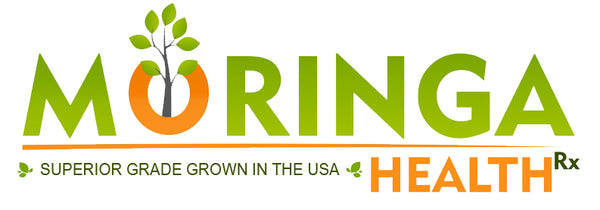Protein
Foods rich in protein like lean beef, pork, poultry, fish, eggs, beans, nuts, soy, and low-fat dairy products can have beneficial effects on ADD & ADHD symptoms. Protein-rich foods are used by the body to make neurotransmitters, the chemicals released by brain cells to communicate with each other. Protein can prevent surges in blood sugar, which increase hyperactivity, and when you combine protein with complex carbs that are high in fiber and low in sugar , you help you or your child manage ADHD symptoms better during the day, whether you're taking medication or not.
Zinc & Magnesium
These are two minerals that can play an important role in controlling ADHD symptoms. Both are essential to normal health, and a surprising number of children and adults, with and without ADHD, don't get enough of them. Zinc regulates the neurotransmitter dopamine, and improves the brain's response to dopamine.
Magnesium is also used to make neurotransmitters involved in attention and concentration, and it has a calming effect on the brain. At least 25% of the children are low in zinc.
Omega-3s
The body with inadequate fat supply in the food sources is essentially like a car engine running on only two cylinders. Omega-3's are healthy fats that are essential for normal brain function, and can improve several aspects of ADHD behavior:
- Hyperactivity
- Impulsivity
- Concentration
They are called "essential" fats we must get from food because our bodies cannot make them. Research shows that children with ADHD have lower blood levels of omega-3's than kids without ADHD, so if your child isn't a dedicated fish eater, you'll want to supplement with fish oil to achieve healthy levels.
A number of studies on omega-3s and ADHD have shown a positive effect. One 2009 study from Sweden, 25% of children who had daily doses of omega-3s had a significant decrease in symptoms after three months and by six months, almost 50% experienced better symptom management. This is an impressive result for a safe nutritional supplement with few side effects.
How Much Omega-3 & What Form?
The two main omega-3 fatty acids contained in supplements are eicosapentaenoic acid (EPA) and docosahexaenoic acid (DHA). It appears that most benefits are derived from omega-3 products that contain more EPA than DHA. It is recommended to get a total dose of 700 to 1,000 mg a day for younger children, and 1,500 to 2,000 mg for older children.
You can get Omega-3s from salmon, tuna, and other cold-water fish, as well as from some nuts, seeds & oils.
Fish
Both a protein source and rich in omega-3 fatty acids that are key for brain health. Eating salmon, tuna, mackerel, herring & scallops lowers the risk of dementia and stroke and slows mental decline. Plus, these items play a vital role in enhancing memory, especially as we get older. For brain and heart health, eat two servings of fish weekly.
Blueberries
Research in animals shows that blueberries can help protect the brain from the damage caused by free radicals and may reduce the effects of age-related conditions such as Alzheimer's disease or dementia. Studies also show that diets rich in blueberries improved both the learning and muscle function of aging rats, making them mentally equal to much younger rats.
Nuts, Seeds & Dark Chocolate
Nuts and seeds are good sources of the antioxidant vitamin E, which is linked to less cognitive decline as you age. Dark chocolate also has other powerful antioxidant properties, and it contains natural stimulants like caffeine, which can enhance focus. Enjoy up to an ounce a day of nuts and dark chocolate to get all the benefits you need without excess calories or sugar. Try eating more walnuts, flax seeds, chia seeds and cacao.
Avocados & Whole Grains
Every organ in the body depends on blood flow, especially the heart and brain. A diet high in whole grains and fruits like avocados can cut the risk of heart disease and lower bad cholesterol. This reduces your risk of plaque buildup and enhances blood flow, offering a simple, tasty way to fire up brain cells.
Whole grains, like popcorn and whole wheat, also contribute dietary fiber and vitamin E. Though avocados have fat, it's the good-for-you, monounsaturated fat that helps with healthy blood flow.
Eat Breakfast to Fuel Your Brain
Tempted to skip breakfast? Studies have found that eating breakfast may improve short-term memory and attention. Students who eat it tend to perform better than those who don’t. Foods at the top of researchers' brain-fuel list include high-fiber whole grains, dairy, and fruits. Just don't overeat; researchers also found high-calorie breakfasts appear to hinder concentration.
Try breakfasts and lunches high in protein, complex carbs, and fiber like oatmeal and a glass of soy, coconut or almond milk, or peanut butter on a piece of whole grain bread. The sugars from these carbohydrates are digested more slowly, because protein, fiber, and fat eaten together result in a more gradual and sustained blood sugar release. The result? A child can concentrate and behave better at school, and an adult can make it through that long morning meeting.


